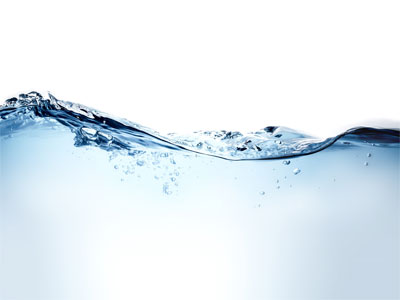What causes ocean currents?
How does this align with my curriculum?
Create a model of ocean currents and learn how currents are formed.
What You Need
- 2L pop bottle with top cut off
- String
- Baby food jar (or small plastic bottle with marbles for weight)
- Food colouring
- Cold water
- Hot water
Safety First!
Be careful when working with hot liquid. Provide adult assistance and supervision to young children when using hot water.
What To Do
- Fill the 2L pop bottle 2/3 full with cold water
- Tie string around the neck of the small bottle to form a handle. This will be used to lower the bottle to the bottom of the large container, so make sure it is long enough.
- Add a few drops of red food colouring to the small bottle and fill it with hot water from the tap.
- Predict what you think will happen when you lower the small bottle of hot water into the large container of cold water.
- Gently lower the small bottle to the bottom of the large container and watch what happens.
Discovery
Just as hot air is lighter (less dense) than cold air, hot water is lighter than cold water. The coloured hot water rises out of the small jar like lava rising from a volcano and floats to the top of the large container. As the water cools, it will gradually sink and mix with the cold water until eventually all the water will be the same colour.
Water in oceans behaves like the water in this experiment: hot water will rise to the surface and cold water will sink. The movement of different temperatures of water in oceans creates currents called convection currents.
Deep ocean currents generated by temperature gradients are important for the life cycle of many species, such as eels. They also affect the temperatures in water and on land all around the world.
- Try the experiment in reverse, this time filling the large bottle with hot water and the small bottle with cold water. What do you think will happen?
- Check out this video: Colorful Convection Currents - Sick Science! #075 (Video – 1:01 min)
For more information on this topic check out these Let's Talk Science resources:
- What is air turbulence? (STEM in Context) - Learn about the science behind the four main causes of turbulence.
- Lava Lamps (STEM in Context) - Lava lamps are very interesting to look at. But they are also interesting examples of buoyancy, heat transfer and solubility!
- What is Ocean Warming and Why Does It Matter? (STEM in Context) - Oceans absorb the greatest amount of solar radiation on Earth. Ocean warming can lead to glaciers melting and ocean acidification.
What’s happening?
Just as hot air is lighter (less dense) than cold air, hot water is lighter than cold water. The coloured hot water rises out of the small jar like lava rising from a volcano and floats to the top of the large container. As the water cools, it will gradually sink and mix with the cold water until eventually all the water will be the same colour.
Why does it matter?
Water in oceans behaves like the water in this experiment: hot water will rise to the surface and cold water will sink. The movement of different temperatures of water in oceans creates currents called convection currents.
Deep ocean currents generated by temperature gradients are important for the life cycle of many species, such as eels. They also affect the temperatures in water and on land all around the world.
Investigate further
- Try the experiment in reverse, this time filling the large bottle with hot water and the small bottle with cold water. What do you think will happen?
- Check out this video: Colorful Convection Currents - Sick Science! #075 (Video – 1:01 min)
For more information on this topic check out these Let's Talk Science resources:
- What is air turbulence? (STEM in Context) - Learn about the science behind the four main causes of turbulence.
- Lava Lamps (STEM in Context) - Lava lamps are very interesting to look at. But they are also interesting examples of buoyancy, heat transfer and solubility!
- What is Ocean Warming and Why Does It Matter? (STEM in Context) - Oceans absorb the greatest amount of solar radiation on Earth. Ocean warming can lead to glaciers melting and ocean acidification.
